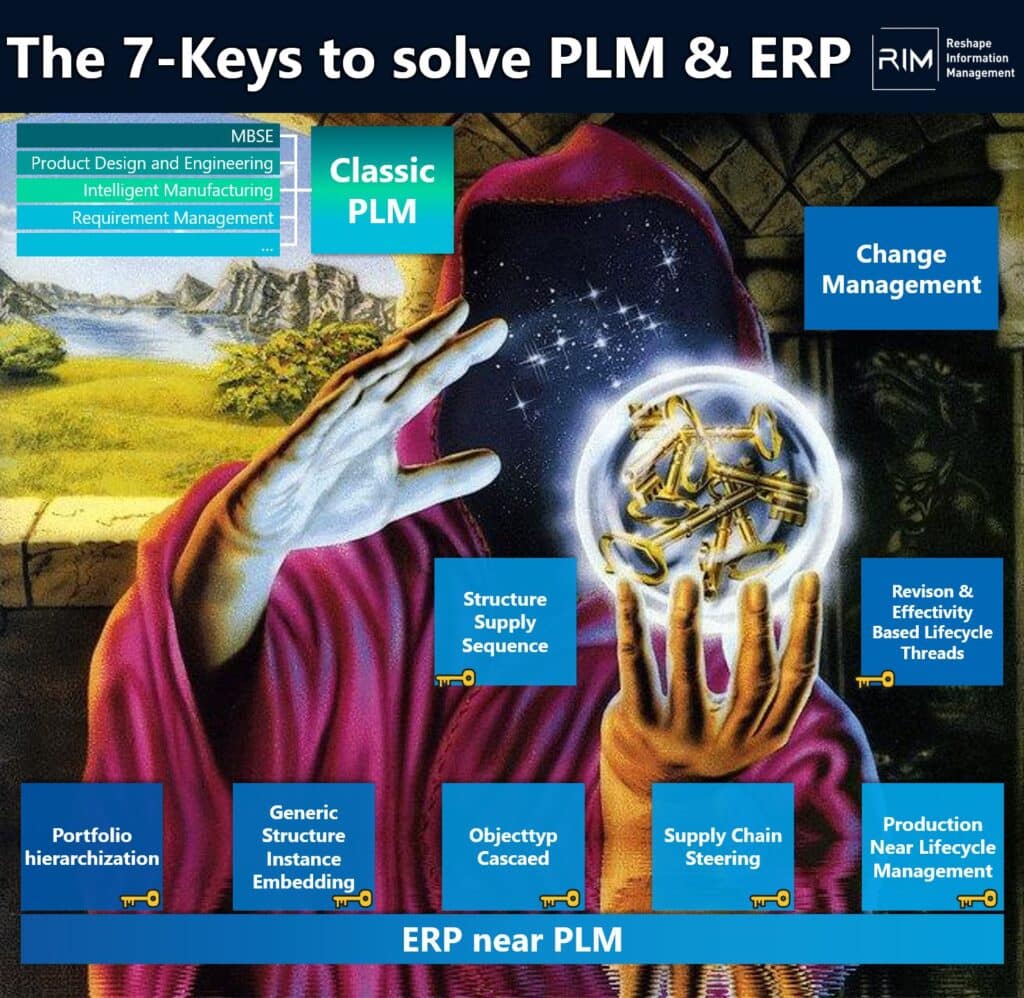Successful implementation of digitization
Often no mechanisms are anchored to be able to carry out interdepartmental projects at all.
However, it is much more difficult to react in an agile manner to impulses from outside if these require coordinated action across departments and, in addition, a contouring and discussability of the topic must first be created. This can only be achieved if corresponding processes exist in the company that catch the topics, make them discussable and channel them for processing. Today, many companies do not have such anchoring, or only sparsely, e.g., as a staff unit.
Then, when the pressure to change becomes great, one often creates ad hoc projects that are far too large (e.g., for the implementation of #PLM, #CPQ, End to End #ERP, etc.). These, since foundations have not yet been established, usually increase in size dramatically while they are underway. As a result, project elephants are created that are then hardly manageable because too many steps and wishes have been subsumed into a single project. That is my impression.
- How do you experience this in your company
- How do you manage such complex digitization projects in your companies?
- Do you have and if so how have you implemented anchoring mechanisms for agile change in the company?
- Where have you/has this approach been located in your organization?
We at STZ-RIM help our customers to sustainably anchor agile responsiveness to changing environmental conditions in the company. Naturally, it takes some time until this mechanism unfolds its effect. Therefore, we have developed a short-term solution approach to the problem. Our RIM-Intension to Execute X process framework.
It helps to contour, develop and implement complex digitization solutions in companies.
What makes RIM-Intension to Execute X so special?
Our framework provides a stable implementation framework and connects business strategy with the concrete implementation in the project. The framework relies on modularity, so that small projects can be implemented sequentially and each produces measurable results.




